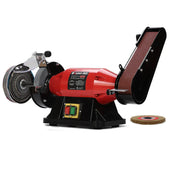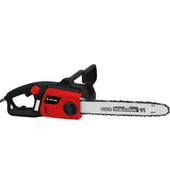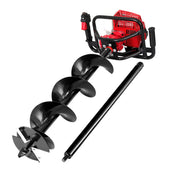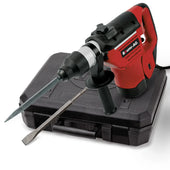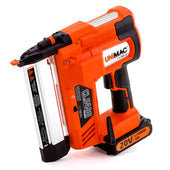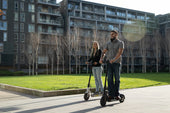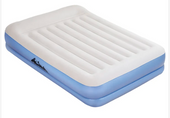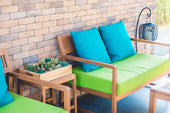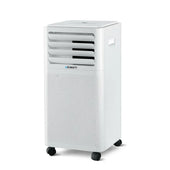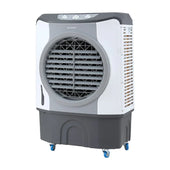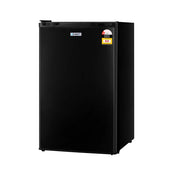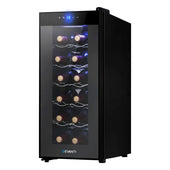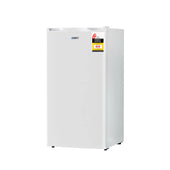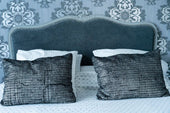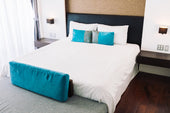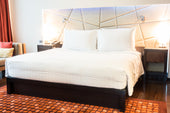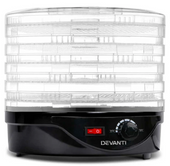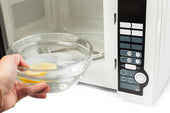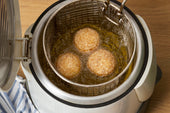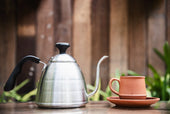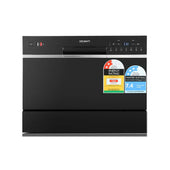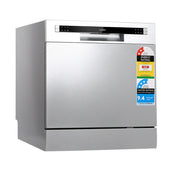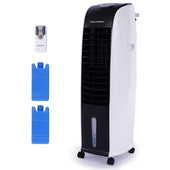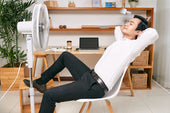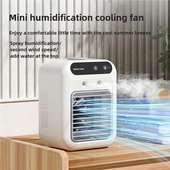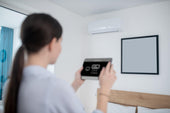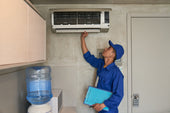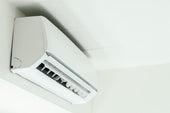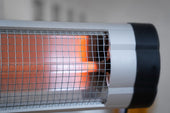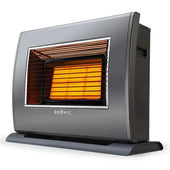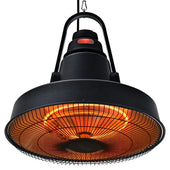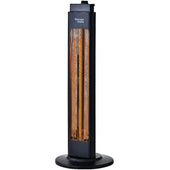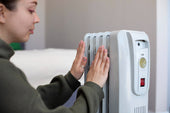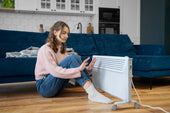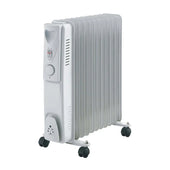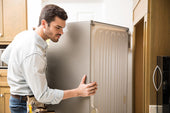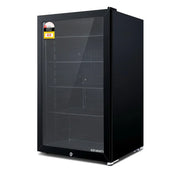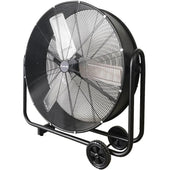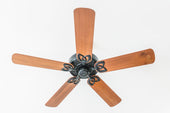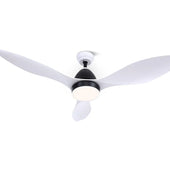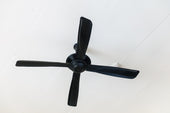Understanding the Causes of Rust and Fading in Outdoor Furniture
Outdoor furniture, when exposed to the elements, is susceptible to rust and fading, primarily due to prolonged interaction with environmental factors. Rust occurs when metals, such as steel or iron, come into contact with moisture and oxygen, causing corrosion. Humidity, rain, and even morning dew can accelerate this process. Additionally, salty air in coastal areas increases the likelihood of rust due to higher levels of salt content in the atmosphere.
Fading, on the other hand, is often a result of ultraviolet (UV) rays from sunlight. UV exposure breaks down pigments in paints, fabrics, and finishes, leading to discolouration. Frequent temperature fluctuations and pollution can also weaken protective coatings, further contributing to fading.
Why Regular Cleaning is Crucial for Outdoor Dining Sets
Regular cleaning prevents the build-up of dirt, grime, and moisture that can accelerate wear and tear and lead to rust during days of continuous outdoor exposure. When left untreated, residues from food spills, bird droppings, or rainwater can erode protective coatings, leaving surfaces exposed to environmental elements. Routine cleaning ensures that materials like metal, wood, or plastic retain their durability and visual appeal over time. It also helps to prevent fading caused by prolonged exposure to UV rays. By thoroughly cleaning crevices and joints, rust development in hidden areas can be minimised. Prioritising consistent maintenance can extend the longevity of any outdoor dining set, preserving both functionality and aesthetics.
The Role of Protective Covers in Preventing Damage
Protective covers serve as the first line of defence against environmental elements that cause rust and fading in outdoor dining sets. Designed to shield furniture from moisture, UV rays, and dirt, they reduce wear and tear. High-quality covers, made from durable and weather-proof materials such as polyester or vinyl, prevent water from seeping through, thus minimising the risk of rust formation.
For UV protection, certain covers feature coatings that block harmful rays, helping furniture retain its original colour. Easy-to-secure fastenings ensure that protective covers remain in place during windy conditions. Regular use helps prolong the lifespan of outdoor sets.
Choosing Weather-Resistant Materials for Your Dining Sets
Selecting weather-resistant materials is vital in maintaining outdoor dining sets. Various materials offer different levels of durability and resistance to environmental elements.
- Metal: Aluminium and stainless steel are ideal, as they resist rust and corrosion. Powder-coated finishes enhance their durability further.
- Wood: Hardwood options like teak or eucalyptus are naturally resistant to water and fading; these woods withstand prolonged exposure to sunlight.
- Synthetic Materials: Materials like resin wicker and plastic are lightweight, UV-resistant, and immune to rot or mould.
Weather-resistant materials minimise maintenance needs and extend the lifespan of dining sets, making them a practical and cost-effective choice for outdoor seating solutions.
Applying Anti-Rust Coatings to Metal Furniture
Metal furniture benefits greatly from applying a protective anti-rust coating. These coatings create a barrier that prevents moisture and oxygen from reacting with the metal surface, which are primary culprits for rust formation. A range of anti-rust solutions, such as rust-inhibiting primers, weatherproof paints, or clear spray-on coatings, is widely available for outdoor use.
Before coating application, it is essential to clean the furniture thoroughly to remove dirt, grease, or existing rust. Sandpaper or steel wool may be used to smooth the surface. Regular reapplication every six to twelve months ensures prolonged protection, especially in humid or rainy climates.
Benefits of Using UV-Protective Sprays to Prevent Fading
UV-protective sprays shield outdoor dining sets from harmful ultraviolet rays that cause fading over time. These sprays provide a barrier against the sun, preserving the original vibrancy and colour of the furniture. By applying a UV spray, surfaces such as wood, plastic, or metal remain less susceptible to discolouration and wear caused by prolonged sunlight exposure.
Additionally, these sprays often offer water-resistant properties, preventing moisture damage alongside UV harm. They are easy to apply, requiring minimal effort yet delivering long-lasting results. Consistent use enhances the lifespan of outdoor furniture while maintaining its aesthetic appeal, even in challenging weather conditions.
Seasonal Storage Tips to Keep Your Furniture in Top Condition
Proper seasonal storage is essential for maintaining the durability of outdoor dining furniture. To prepare furniture for storage, ensure all items are thoroughly cleaned to remove dirt, grime, and moisture, which may contribute to rust or mould. Use a soft brush and mild soap for delicate materials like wicker or aluminium and allow them to dry completely before storage.
When storing, select a dry, well-ventilated area, as excess humidity can lead to corrosion. Cover furniture with breathable covers to shield against dust and dampness. Avoid stacking chairs or tables directly, as this can cause scratches or dents, compromising their finish.
Placing Furniture Strategically to Minimise Weather Exposure
Proper placement of outdoor dining sets can significantly reduce their exposure to harsh elements, helping to prevent rust and fading. Consider locating furniture under protective features such as canopies, verandas, or pergolas. These structures offer shelter from rain, direct sunlight, and dew, which can expedite wear and tear.
For open spaces, position furniture near walls or hedges to shield it partially from wind and precipitation. Avoid placing metal or wood furniture in areas that collect standing water, as prolonged contact with moisture accelerates deterioration. Additionally, rotating pieces seasonally ensures even exposure to sunlight, preventing uneven discolouration.
Repairs and Maintenance: Addressing Damage Early
Regular maintenance ensures outdoor dining sets remain in pristine condition. Addressing minor issues promptly prevents them from escalating. Inspect furniture periodically for rust spots, loose screws, or chipped paint. Small rust patches can be scrubbed using a wire brush and treated with rust-resistant paint. Tighten loose screws and bolts to maintain structural integrity.
Repairing damage on wooden furniture requires sanding and applying a weather-resistant sealant. Upholstered pieces benefit from spot cleaning to avoid material deterioration. For severe damage like cracks or breaks, seeking professional assistance is essential. Proactive care extends furniture life and helps maintain an inviting dining area outdoors.
How to Choose Long-Lasting Outdoor Furniture for the Future
Selecting outdoor furniture that endures harsh conditions requires thoughtful consideration. Buyers should prioritise materials like aluminium, teak, or high-density polyethylene, renowned for their resistance to rust, fading, and weather damage. Wooden pieces with weather-resistant finishes also offer durability.
Key factors to evaluate include:
- Material quality: Opt for rustproof metals and UV-stabilised synthetics.
- Maintenance requirements: Choose furniture that needs minimal upkeep.
- Design and functionality: Look for weather-proof cushions and folding options.
Protective coatings and coverings further enhance longevity. Considering warranties can help gauge reliability. Buyers should inspect detailed specifications to ensure the product withstands diverse climates and years of use.


